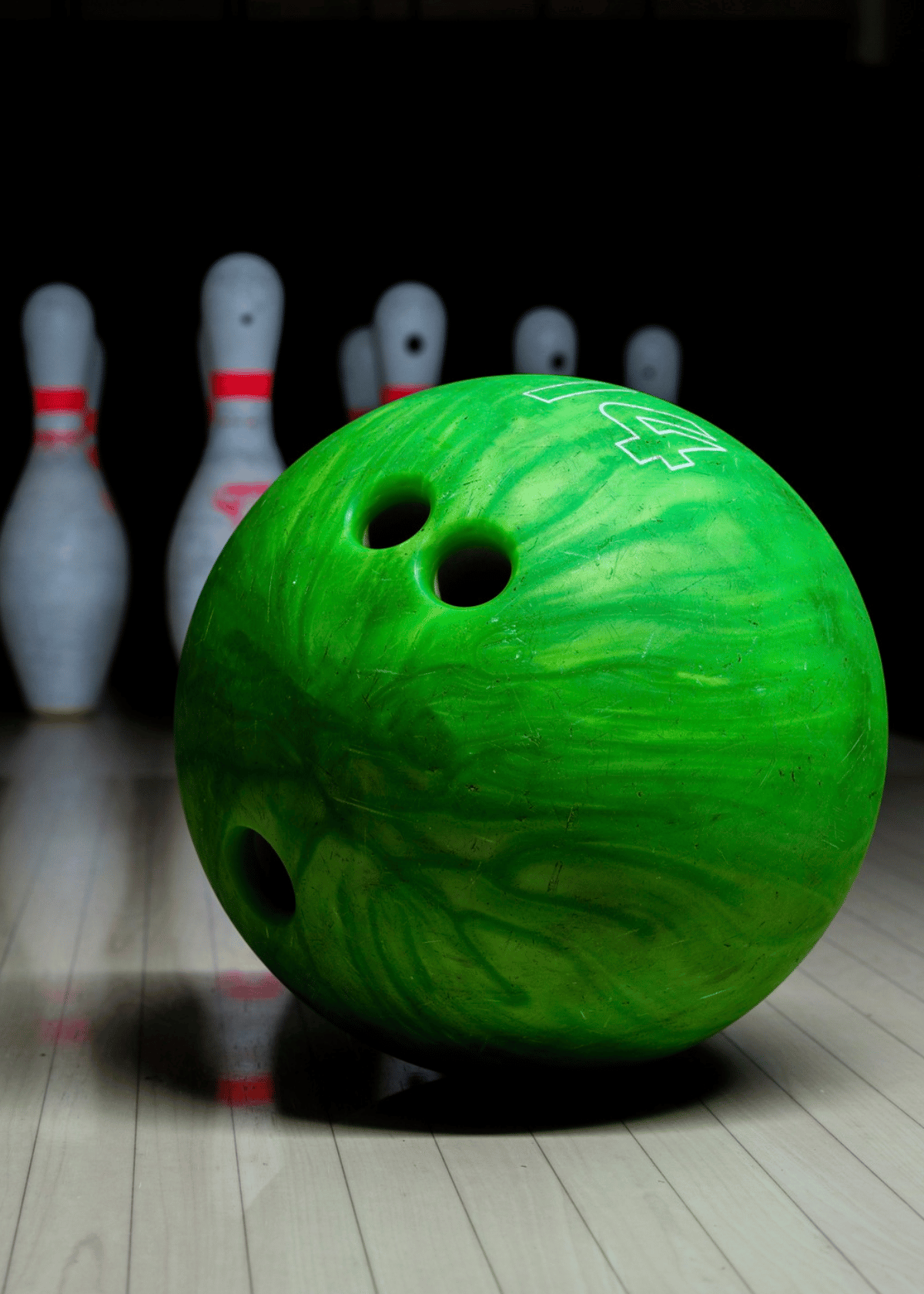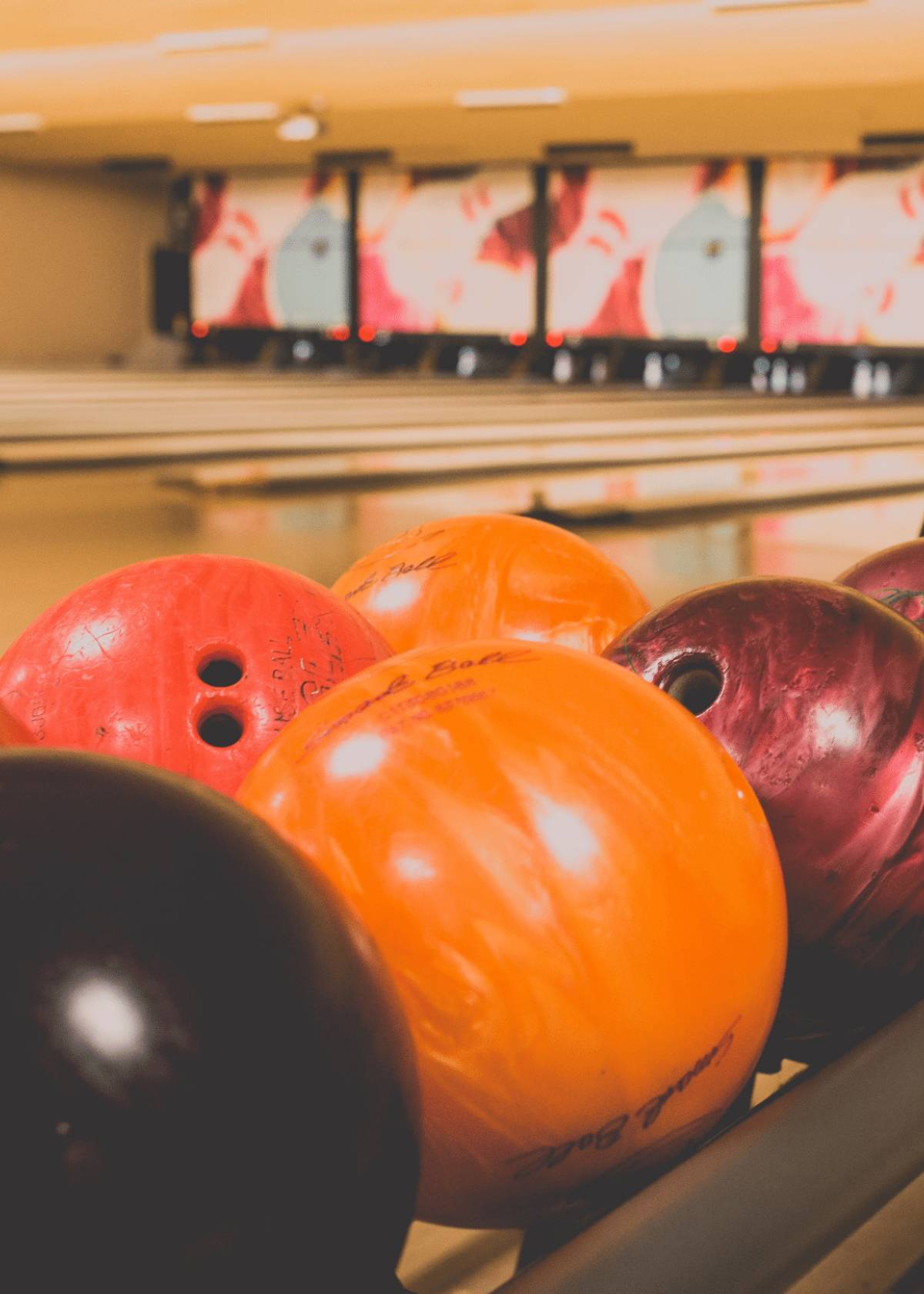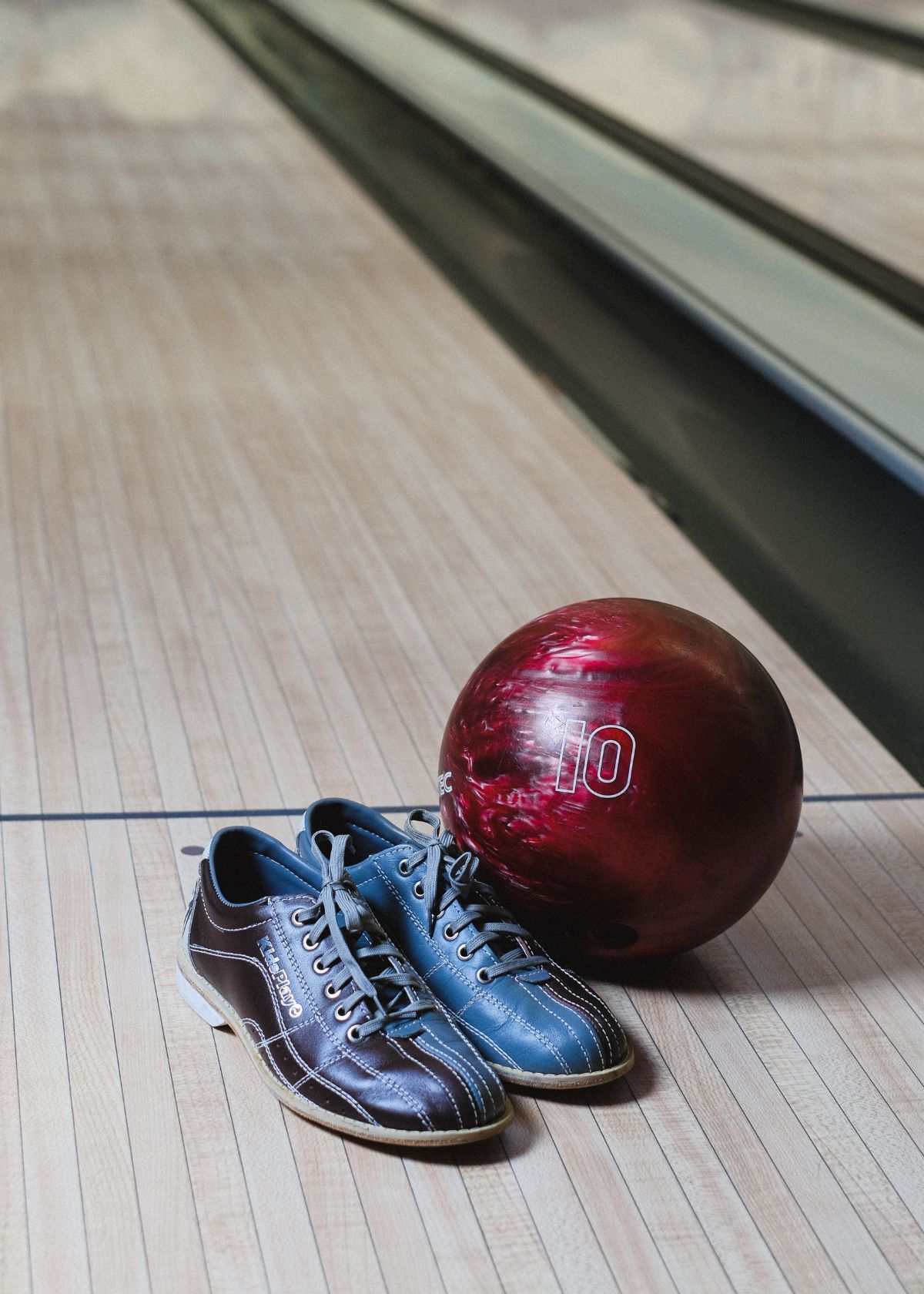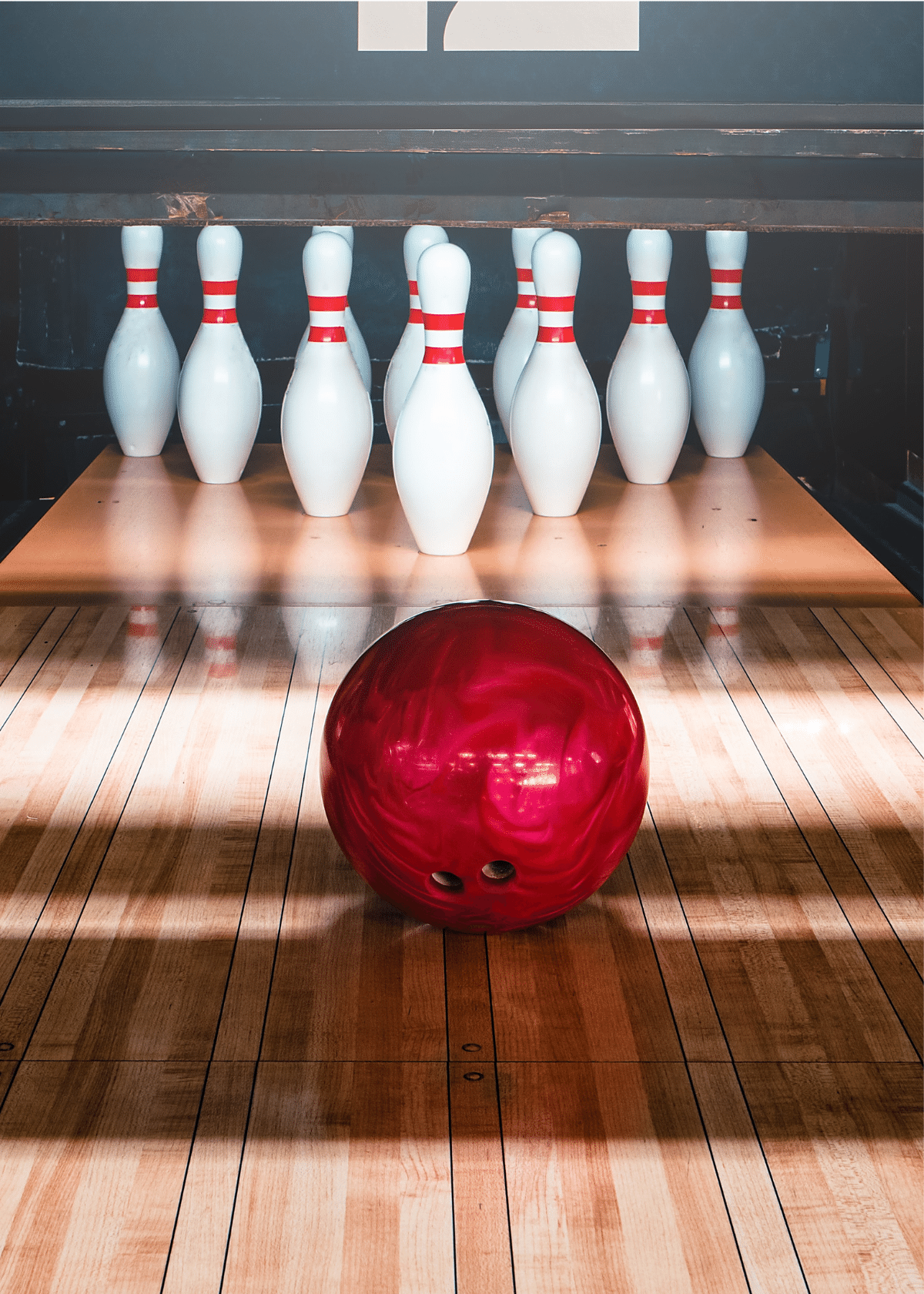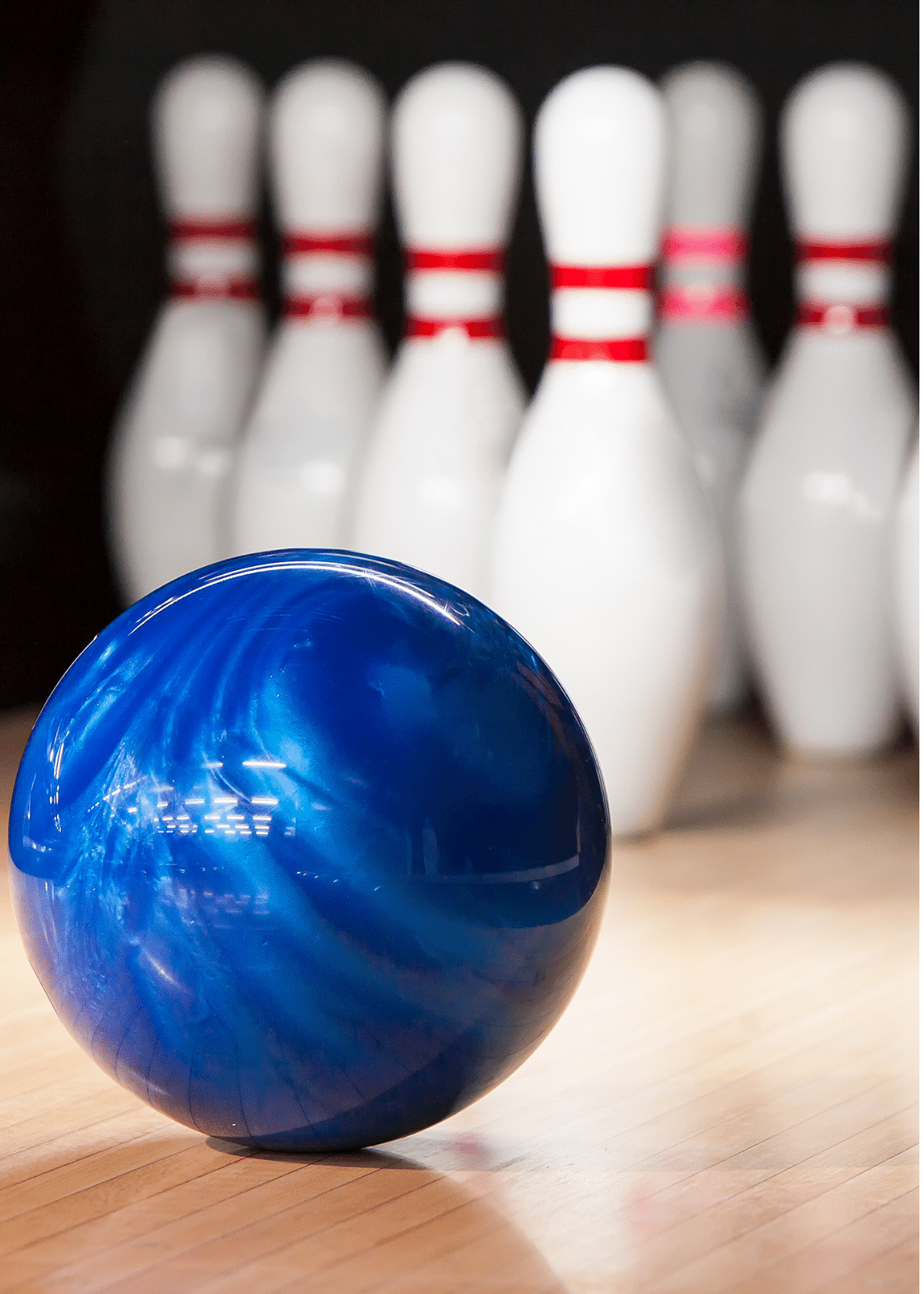Bowling is a classic game that has been enjoyed by millions of people worldwide. It is a unique sport that involves rolling a ball down a lane with the aim of knocking down as many pins as possible.
One of the most fundamental aspects of bowling is the setup of the pins. How many pins are there in bowling? Why are they arranged in the triangular formation that we all know and recognize?
In this post, we'll explore the classic setup of bowling pins, including the layout, numbering, and arrangement of pins. For bowling enthusiasts, understanding the ins and outs of pin setup can help improve your game and make it even more enjoyable.
How Many Pins Are There in Bowling?
The standard setup in ten-pin bowling includes ten pins. These pins are numbered consecutively from 1 to 10, with the front pin being numbered 1 and the pins behind it numbered 2 and 3, and so on.
The pins are arranged in a triangular formation, as we all know, with four rows of pins and a fifth row of one pin at the front.
The Basic Setup of Bowling Pins
The pins themselves have remained relatively unchanged over the years. They are typically made out of hardwood, are 4.75 inches tall, and have a diameter of 1.5 inches at the base.
Although other variations of bowling may have different pin sizes, this is standard in ten-pin bowling. The pins have a convex shape to help deflect the ball, and their weight is regulated to ensure standardized gameplay.
Why Are There 10 Pins in Bowling?
The reason there are ten pins in bowling is somewhat shrouded in mystery. One theory is that the number ten was chosen because it is a round number and an even number, making it easy to divide into two equal halves for alternating turns.
Another theory is that ten pins were used in the earliest form of bowling as a tribute to the Ten Commandments. Another theory suggests that the number ten was the maximum number of pins that could fit on a regulation-size bowling lane.
Ultimately, it's unclear which of the theories is true, but the number ten has become the standard for ten-pin bowling.
The Traditional Ten-Pin Bowling: An In-Depth Look
The classic layout of ten-pin bowling is arranged in a triangle, with one pin at the front, two pins behind it, then three, then four, for a total of ten pins.
The pins are arranged in a specific numerical sequence, with the head pin or 1-pin at the front, followed by the 2-pin and the 3-pin.
From there, the sequence alternates between left and right, with the 4-pin and 6-pin on the right side of the headpin, and the 5-pin and 7-pin on the left side. The 8-pin and 9-pin are located in the back row.
Ten-pin bowling is the most popular type of bowling in North America. In this setup, bowlers have ten frames to roll the ball, with the aim of knocking down all ten pins in each frame.
In the first nine frames, bowlers get two chances to knock down all the pins. If all ten pins are knocked down in the first roll, it is called a "strike." If all ten pins are knocked down in two rolls, it is called a "spare." In the tenth frame, bowlers get an extra roll if they roll a strike or a spare.
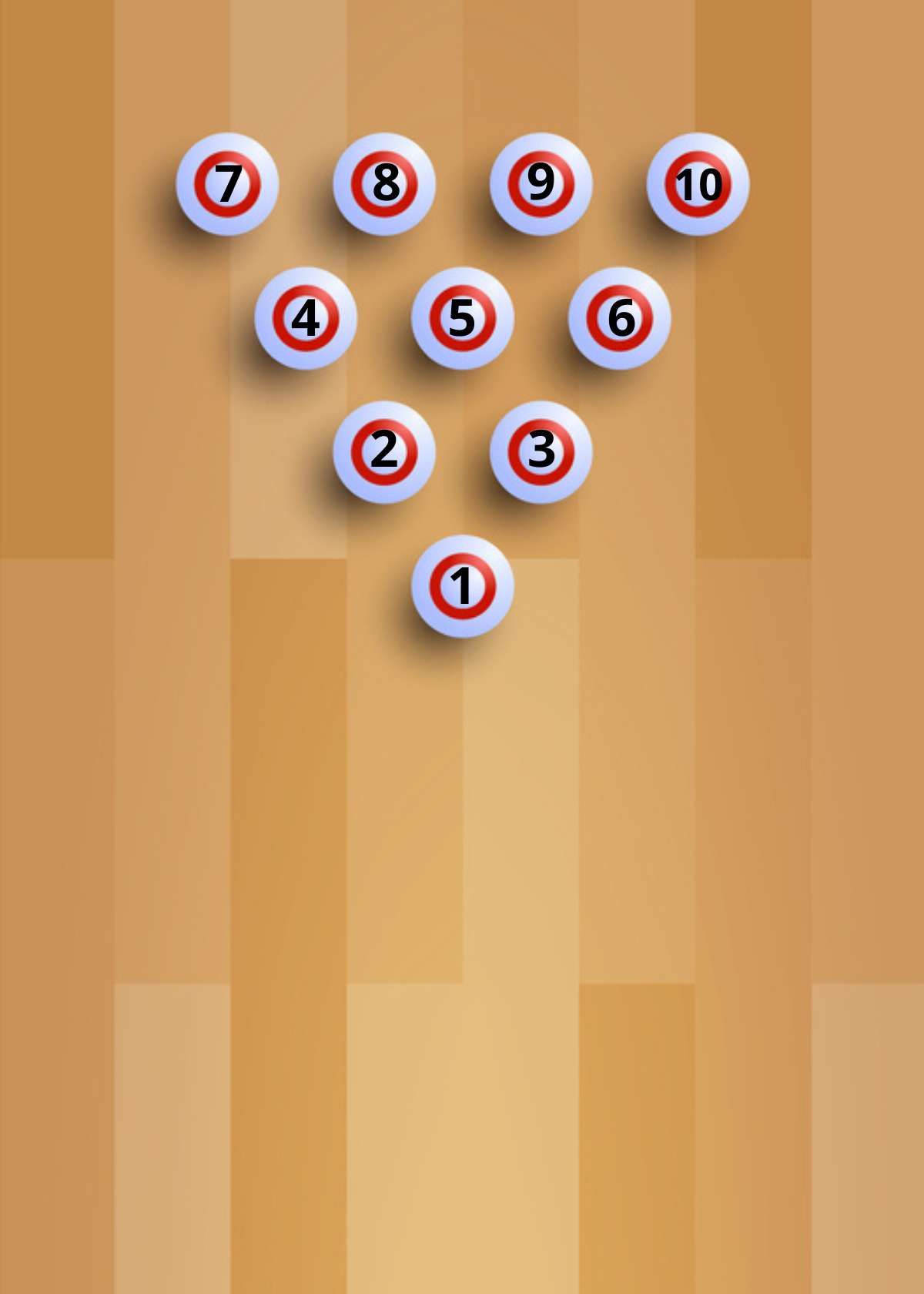
The Layout of the Bowling Pins: Why a Triangle?
The triangular layout of bowling pins is based on a mathematical principle known as Pascal's triangle. The triangle is a symmetrical shape that allows for an equal distribution of pins across the lane, giving players a fair chance at hitting them.
The triangle also maximizes the space on the lane, allowing for more pins to be set up in a smaller area. If the pins were arranged in a straight line, it would be easier to knock them down and would not offer a fair challenge to the bowler.
The triangle layout also allows for consistent pin deflection, which is when a pin is struck and bounces off other pins to create a chain reaction of strikes.
Numbering the Bowling Pins: Understanding the Sequence
Each bowling pin is numbered consecutively, starting with the headpin or 1-pin at the front. From there, the numbering follows a specific sequence, with the 2-pin and 3-pin directly behind it in the second row, followed by the 4-pin, 5-pin, and 6-pin in the third row.
The fourth row consists of the 7-pin, 8-pin, and 9-pin. The tenth pin is located at the front and center of the formation.
Understanding the numbering sequence can help you to identify which pins you need to hit, which is particularly useful for spare shots.
The Unique Nine-Pin Bowling: A Different Approach
Nine-pin bowling, also known as kegel, is a variation of bowling that is played with nine pins instead of ten.
Unlike traditional bowling, the pins in nine-pin bowling are arranged in a diamond shape, with one pin in the front, then two pins behind it, then three pins, and finally, two more pins at the back.
The pins are also arranged randomly, rather than in a specific sequence. Nine-pin bowling originated in Europe and is primarily played in Germany and Austria.
How Pin Arrangement Influences Your Bowling Strategy
The arrangement of pins can have a significant impact on your bowling strategy. Knowing the sequence of the pins and the layout of the formation can help you to make targeted shots and improve your score.
For example, if you need to hit a specific pin for a spare shot, understanding the location of the pin can help you to aim and adjust your technique accordingly.
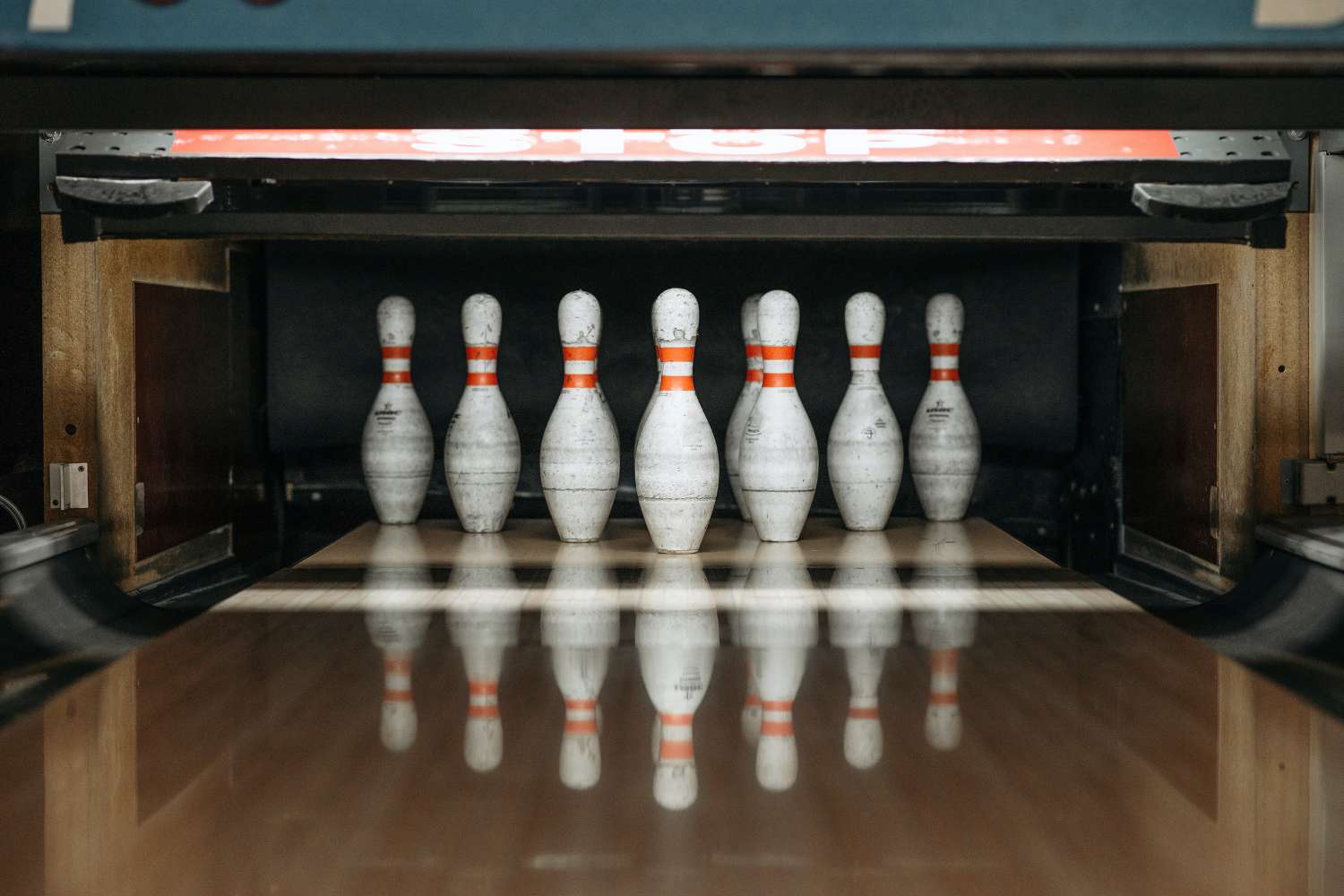
Comparing Ten-Pin and Nine-Pin Bowling: Key Differences
The primary difference between ten-pin and nine-pin bowling is the number of pins used and the arrangement of pins.
Ten-pin bowling has ten pins arranged in a triangular formation, while nine-pin bowling has nine pins arranged in a diamond shape.
Although the scoring mechanisms are similar, there are some differences between ten-pin and nine-pin bowling.
In ten-pin bowling, bowlers have two chances to knock down all ten pins, while in nine-pin bowling, bowlers have three chances to knock down all nine pins.
The rhythm of the game is also different, with ten-pin bowling being more deliberate, and nine-pin bowling being more fast-paced.
The Role of Pin Setup in Scoring: A Detailed Analysis
Pin setup plays a crucial role in bowling scores. Knocking down all ten pins in a single frame is called a strike, which is worth ten points plus the total pins knocked down in the next two rolls.
Knocking down all ten pins in two rolls is called a spare, which is worth ten points plus the total pins knocked down in the next roll. Understanding pin setup can help players to make strategic shots to maximize their score.
Variations in Bowling: Exploring Other Pin Configurations
While ten-pin and nine-pin bowling are the most popular variations of the sport, there are many other types of bowling that use different pin configurations. Examples include five-pin bowling, duckpin bowling, and candlepin bowling. Each variation has its own unique pin setup and rules, creating a diverse range of options for bowling enthusiasts.
Five-pin bowling is a Canadian variation of the sport that uses five pins instead of ten. The pins are arranged in a triangle, just like in ten-pin bowling, but with one pin at the front and two pins to each side.
Duckpin bowling is a modified version of traditional 10-pin bowling. In duckpin bowling, the pins are shorter and skinnier than regular bowling pins and are set up in a triangular formation.
Finally, candlepin bowling uses pins that are slim and cylindrical in shape, with a slight bulge at the top. The pins are arranged in a triangle formation that is not as wide as ten-pin bowling. Candlepin balls are also smaller than regular bowling balls.
No matter what type of bowling you play, understanding the pin setup can help you to identify which pins to
Conclusion:
The setup of bowling pins may seem like a small detail, but it plays a crucial role in the sport of bowling. Understanding the arrangement, layout, and numbering of pins can have a significant impact on your gameplay.
From the classic ten-pin arrangement to the unique diamond shape of nine-pin bowling, there are many variations of pin configuration to explore. Whether you're a seasoned bowler or a newbie to the sport, understanding the ins and outs of bowling pins can help you to improve your game and have even more fun on the lanes.
The next time you go bowling, take a minute to observe the pin setup and see how it could help your strategy for scoring more strikes and spares. Good luck and happy bowling!
Discover the ultimate collection of bowling gear! Uncover the top picks of the moment.
Explore our blog for a variety of engaging articles on bowling, sports, and fitness.
